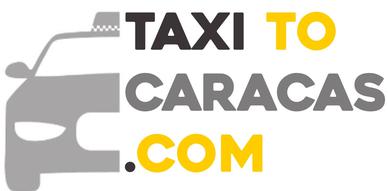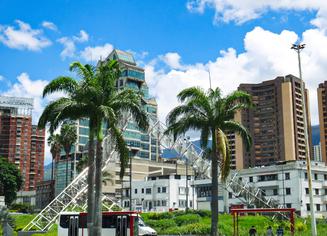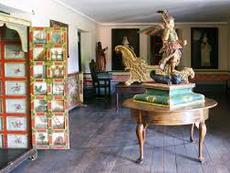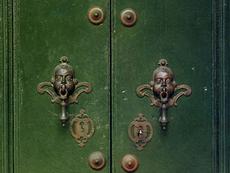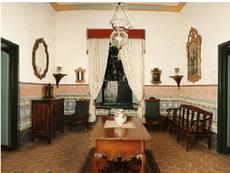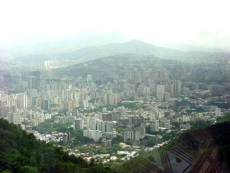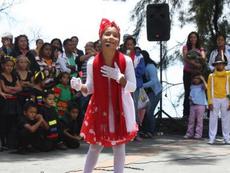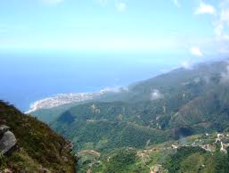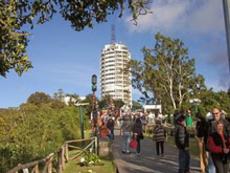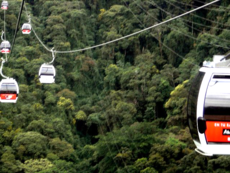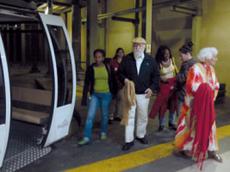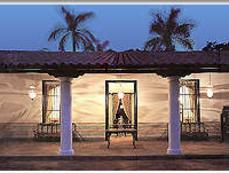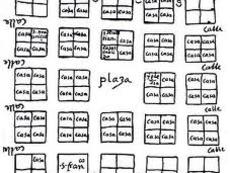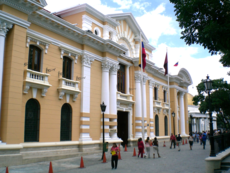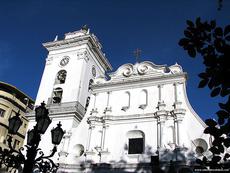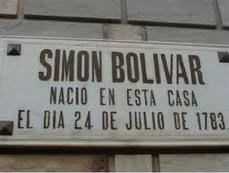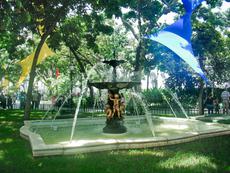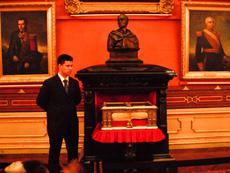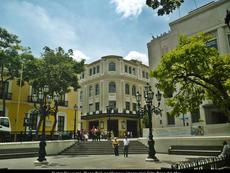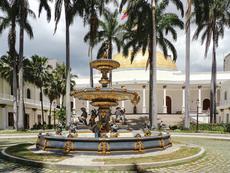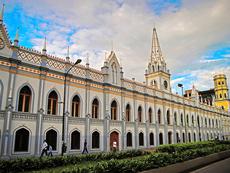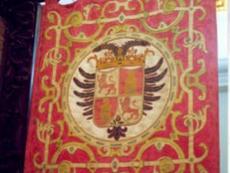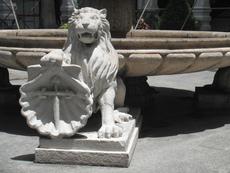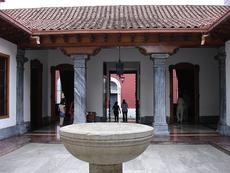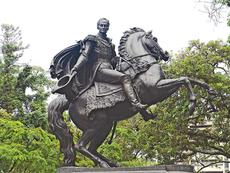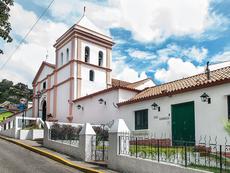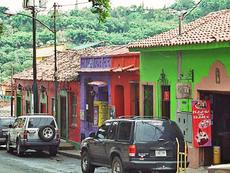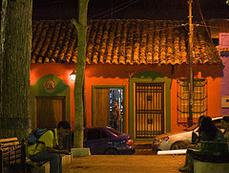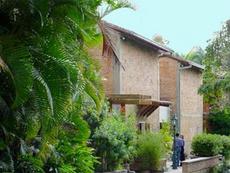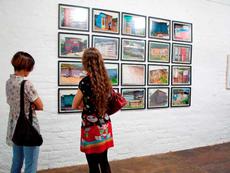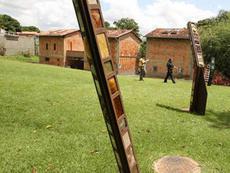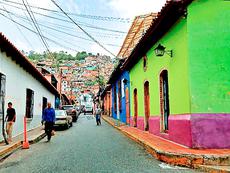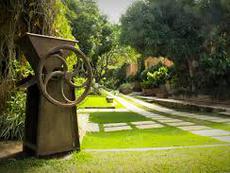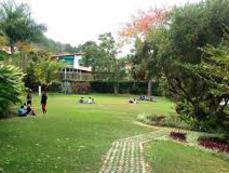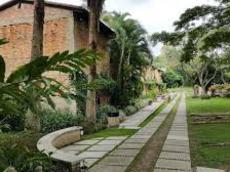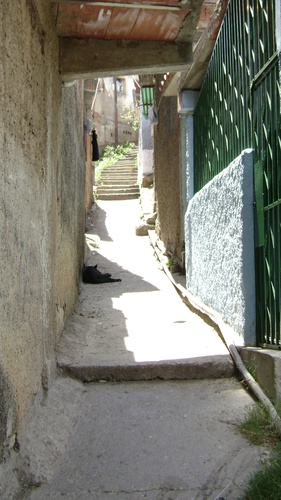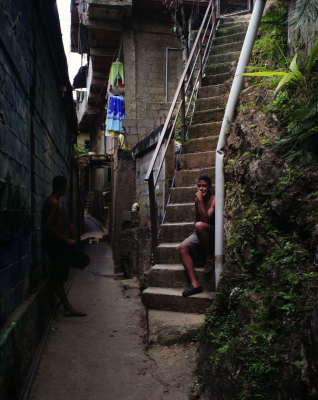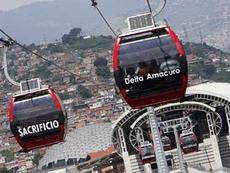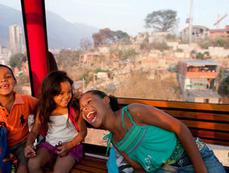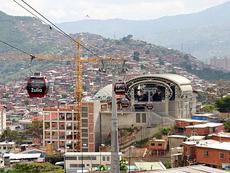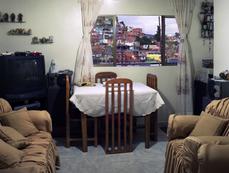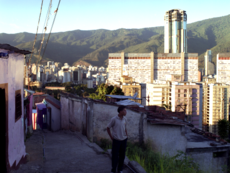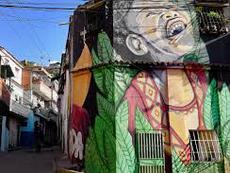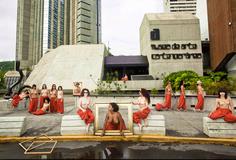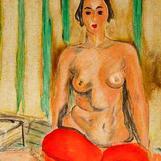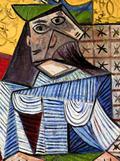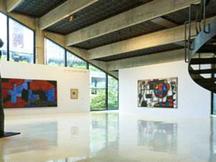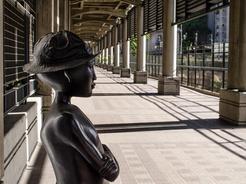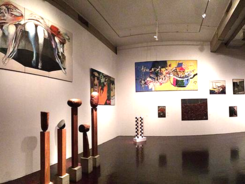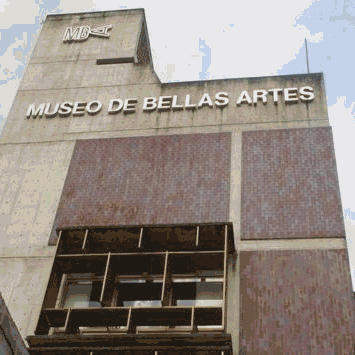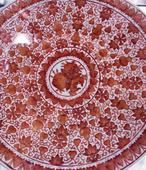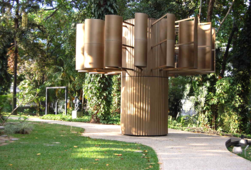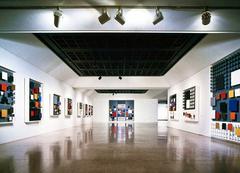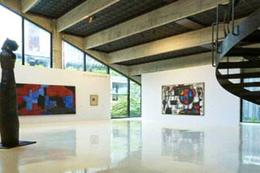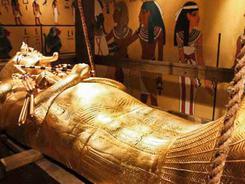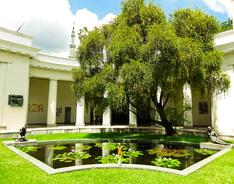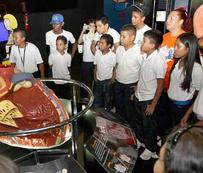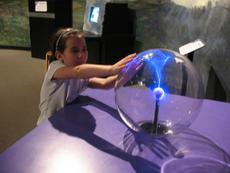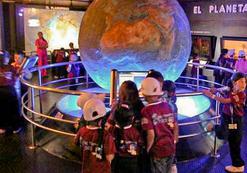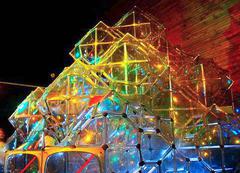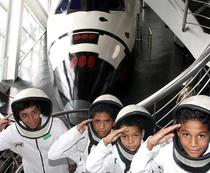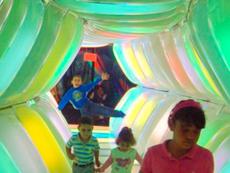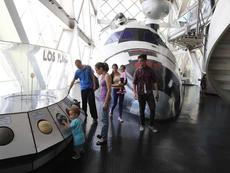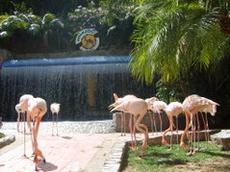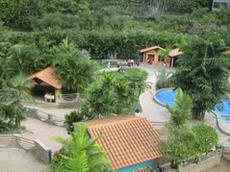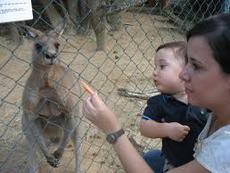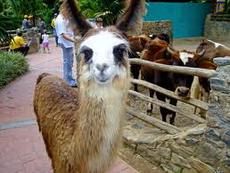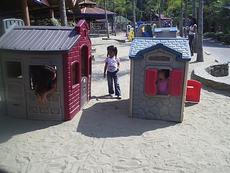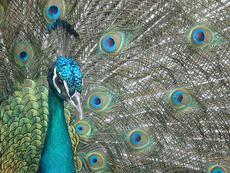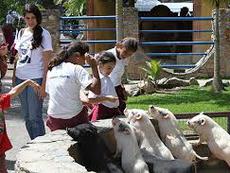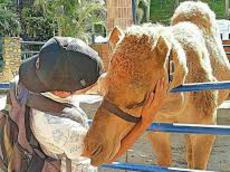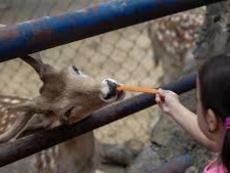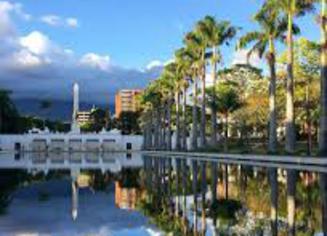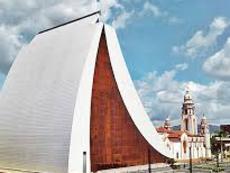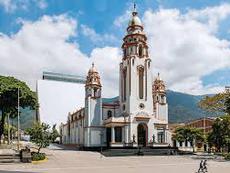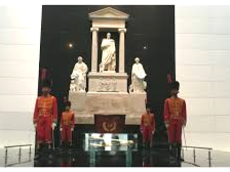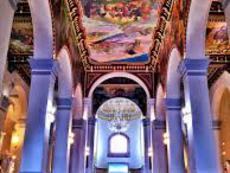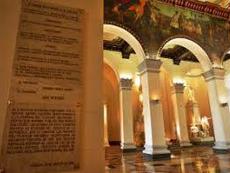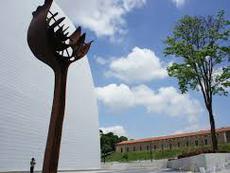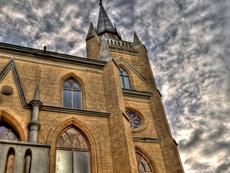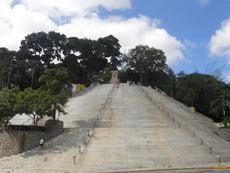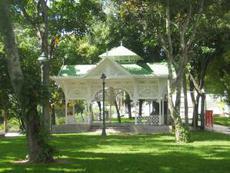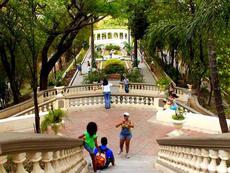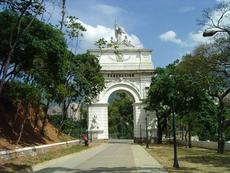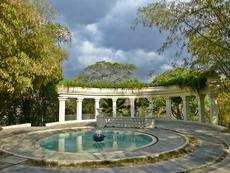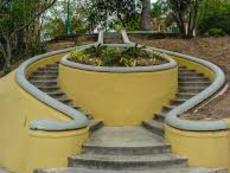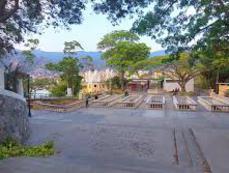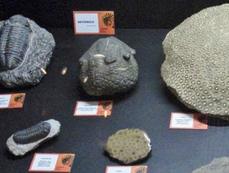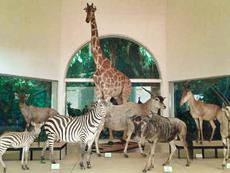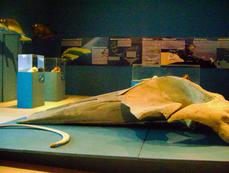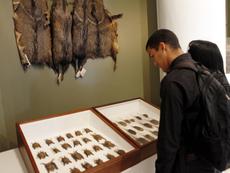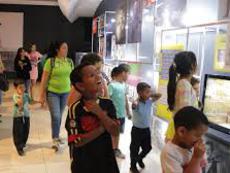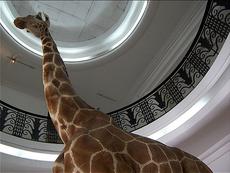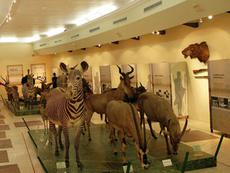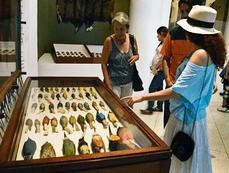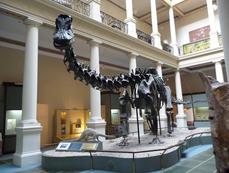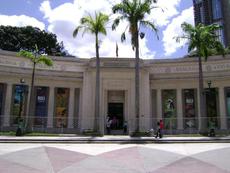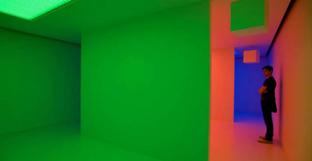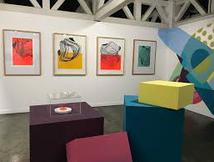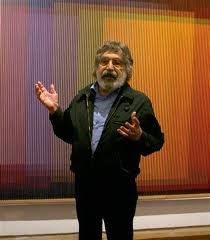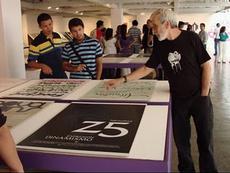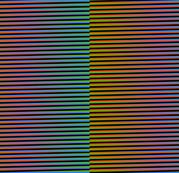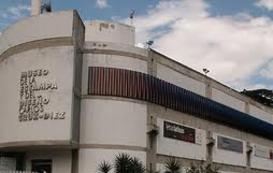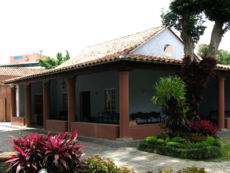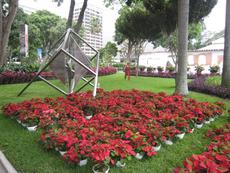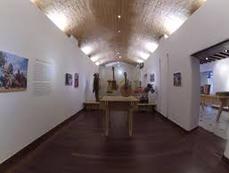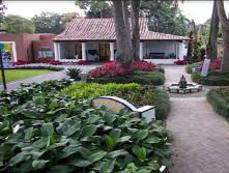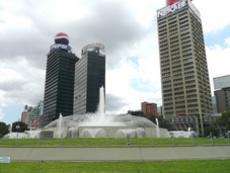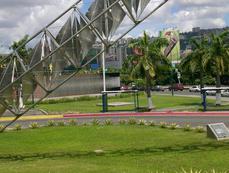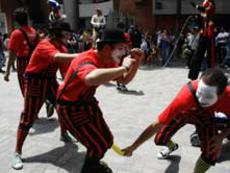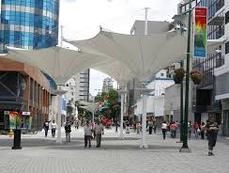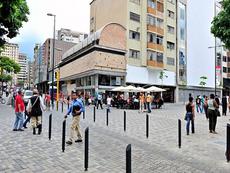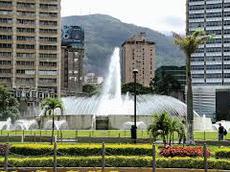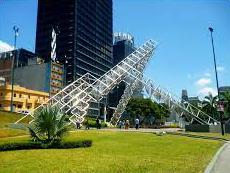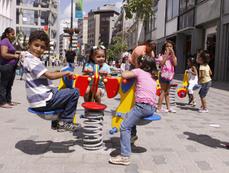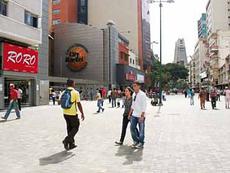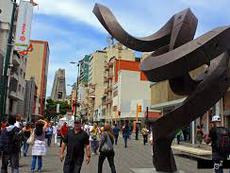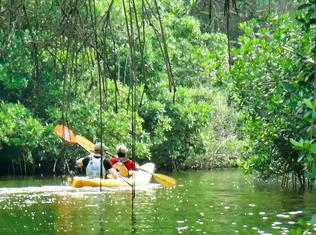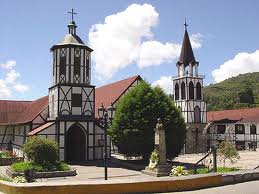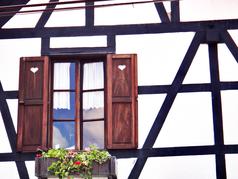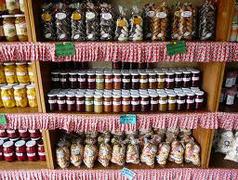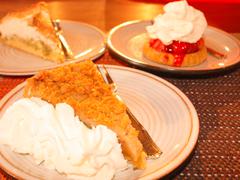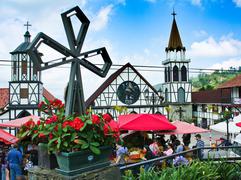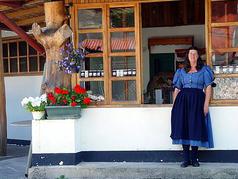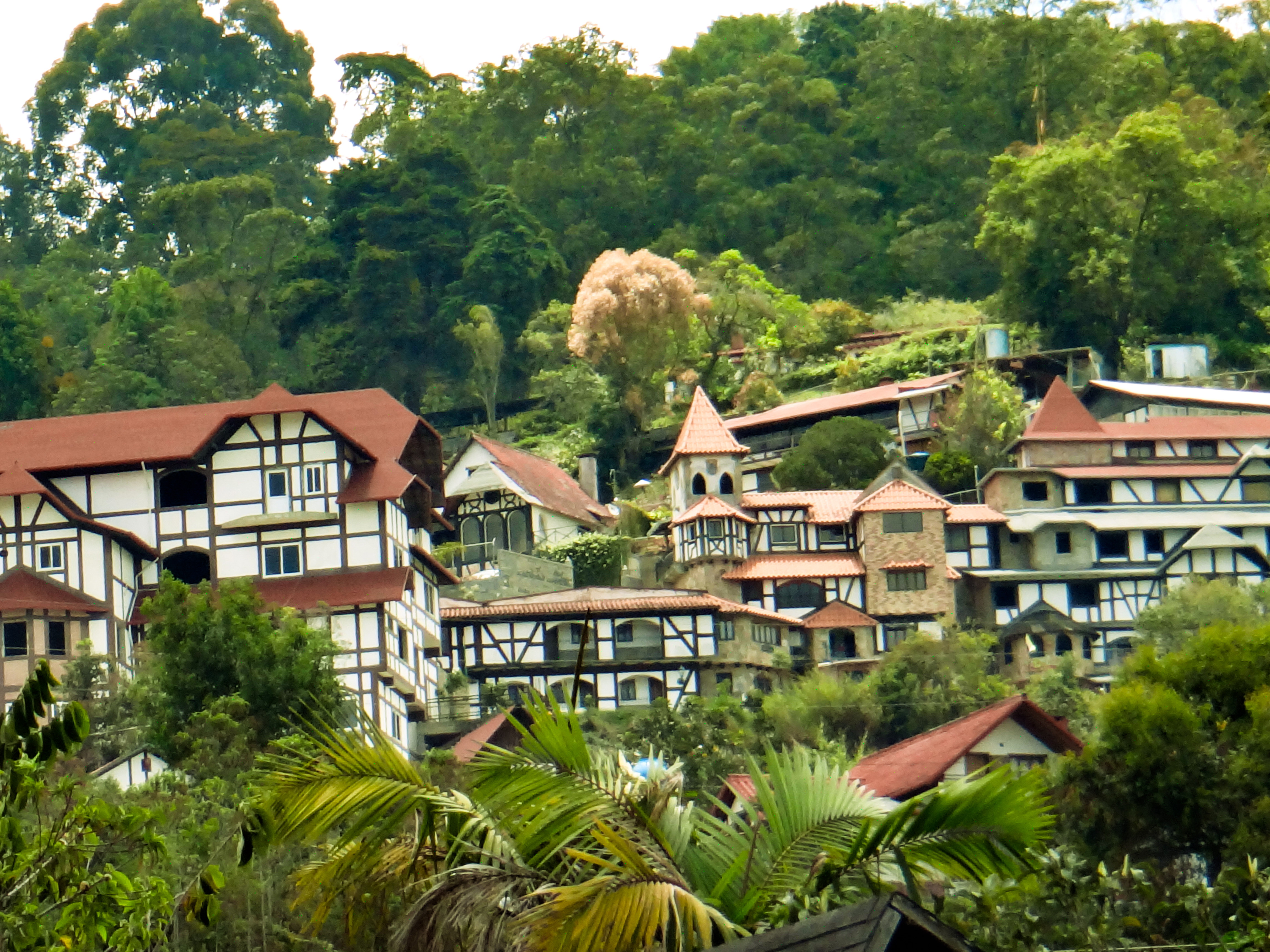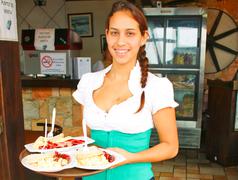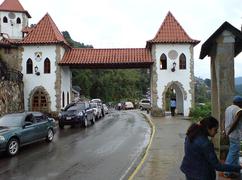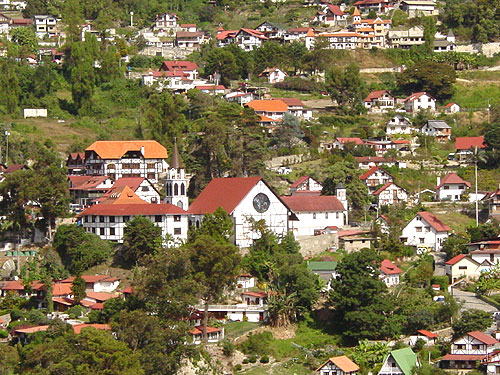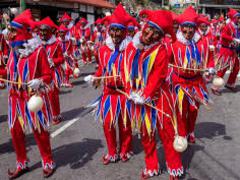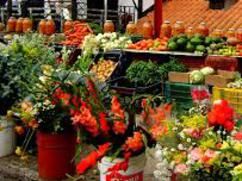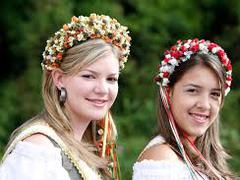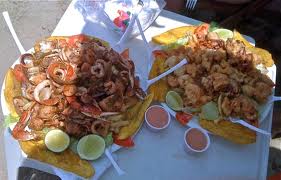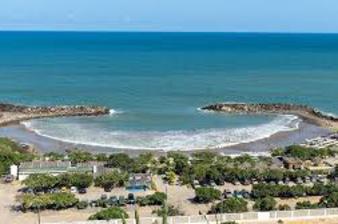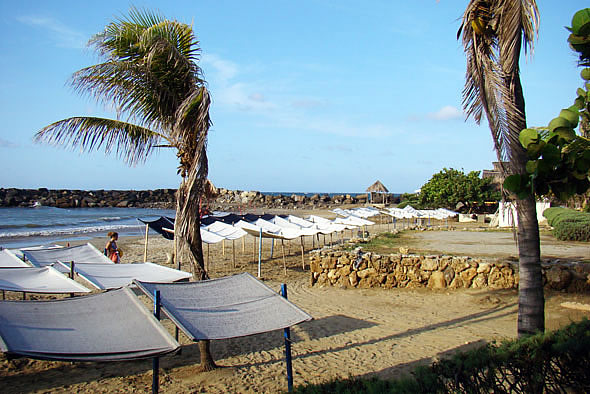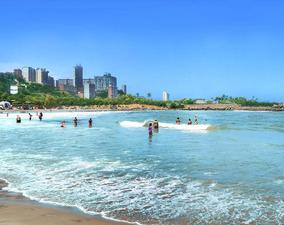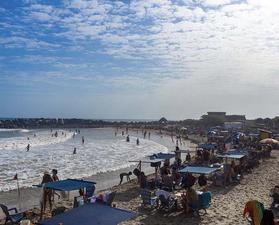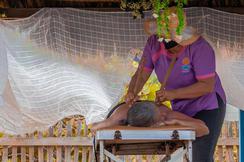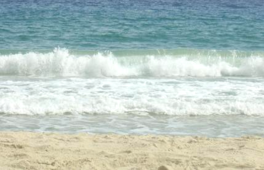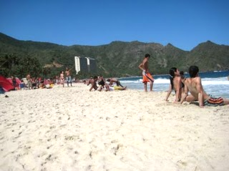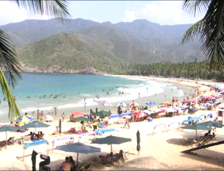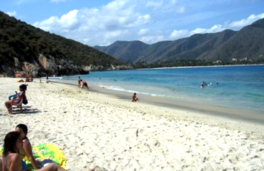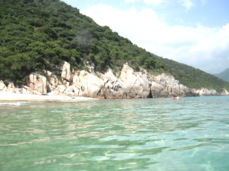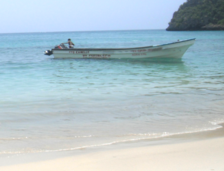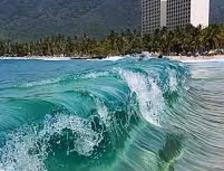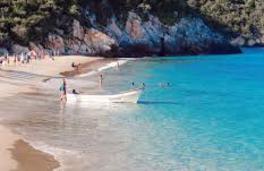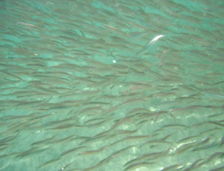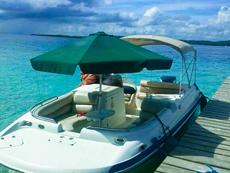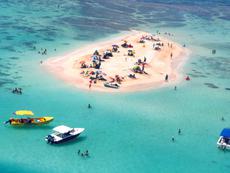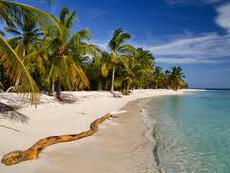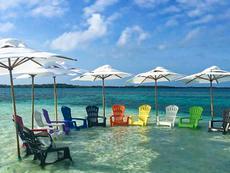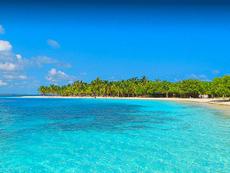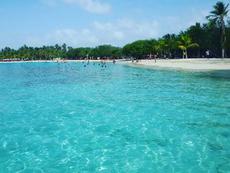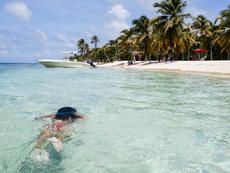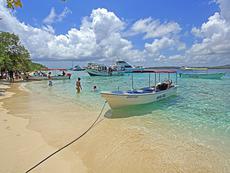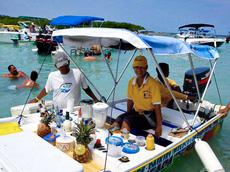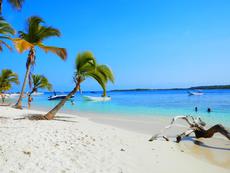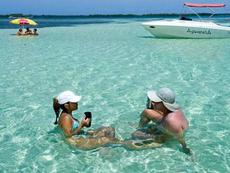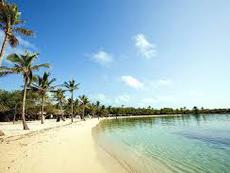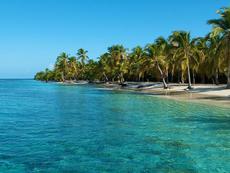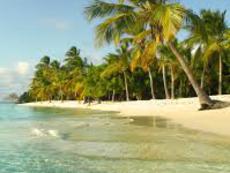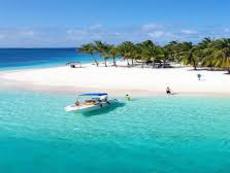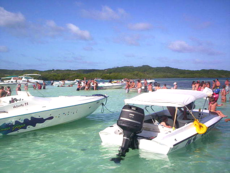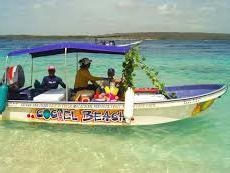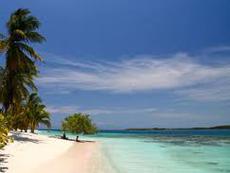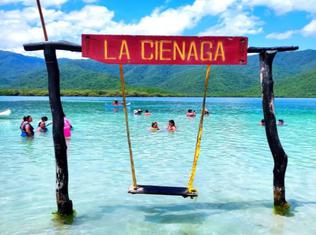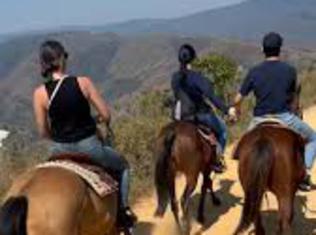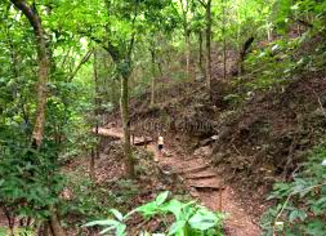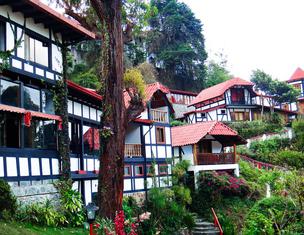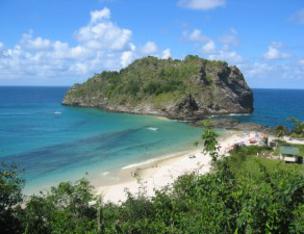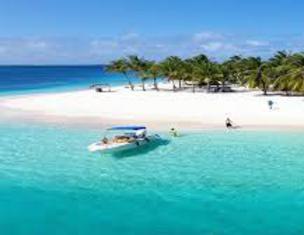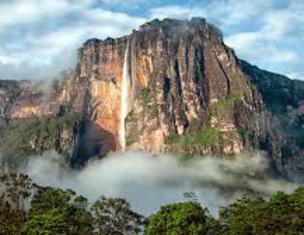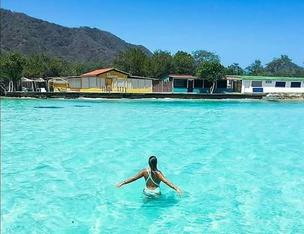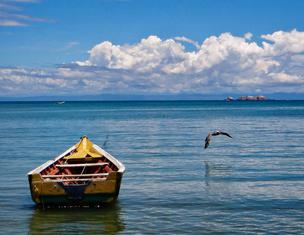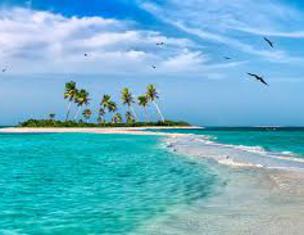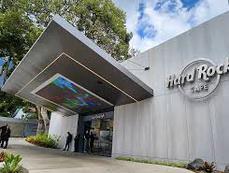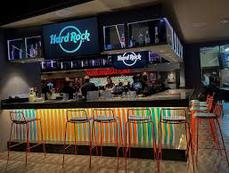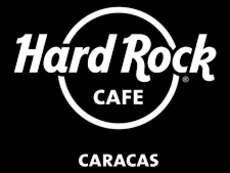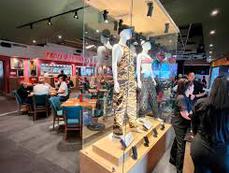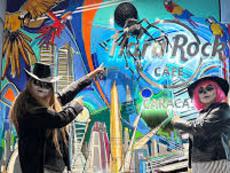BOOK AT
We only accept PayPal payments, is the way to pay Safely!!!
4 - 5 Hours
If you come to visit Caracas, or will be in this city for business and have some free time, please let us help you to get to know some sights of these cosmopolitan city. We offer Tours to the top Highlights inside Caracas or near the city. Here are some SAFE destinations that will make you discover that in this city you can be amused, surprised and entertained. If you want to visit different places of the city, rather than the recommended below, please let us know at info@taxitocaracas.com and we will help you organizing the best tour for you.
TOURS IN CARACAS & OUTSIDE CARACAS

1 - 2 Hours
Up to 8 Hours
More than 1 Day
MINI TOURS
If you come to visit Caracas, or will be in this city for business and have some free time, please let us help you to get to know some sights of these cosmopolitan city.
We offer Mini-Tours to the top Highlights inside Caracas. Here are some SAFE destinations that will make you discover that in this city you can be amused, surprised and entertained. If you want to visit different places of the city, rather than the recommended below, please let us know at info@taxitocaracas.com and we will help you organizing the best tour for you.
Caracas's Gardens & Parks Rally
From West to East
Walking Tour
Rising high above the city to the peak of El Avila, the newly rebuild TELEFERICO shows you a breathtaking view of Caracas and a stunning panorama of the coast line and Caribean Sea stretching away to the horizon.
Once on the top of the mountain, there is a small mountain top park where you can find a fine restaurant, fast-food stands, playground and regular dancing or performers. The mountain's peak is itself crowned by the circular 14-story Hotel Humboldt, build in 1956, a fantastic landmark visible from almost every point in the city.
The Museo de Arte Colonial Caracas is located in the Quinta Anauco. The museum was founded in 1942 by Dr. Alfredo Machado Hernandez and moved to this site in the year 1961. Because of this fifth beautiful colonial and its contents, this is one of the most charming museums that possess Caracas.
Although the museum is located in the middle of town, from the entry itself can enjoy the resplendent flora of the place, the roads empedrados, the sound of birds and the whole environment that dates from the time of the construction of this spectacular fifth in the late eighteenth century.
Museo de Arte Colonial
Program
Taxi driver will pick you up at your hotel, leave you at the entrance of Cable Car with the tickets for the Teleferico, you will have about 3 - 3 1/2 hours to visit the place. The Taxi driver will wait for you at an specific place at the entrance of the Teleferico. Then he/she will drive you to Museo Colonial where you can stay and walk for about 1 - 1 1/2 hours. Finally, taxi driver will leave you at your hotel.
TELEFERICO (CABLE CAR) & MUSEO COLONIAL
Teleférico de Caracas
Cable Car
CARACAS HISTORIC
$40 USD + $30USD per person for a group 1-4 people
(Admission fees included)
Price
Caracas, officially Santiago de León de Caracas, is the capital and largest city of Venezuela; the true downtown or historic city center, is known as "el centro". Its history is revealed in its buildings. Most of the historic monuments have struggle to survive the modernization of the city.
At the time of its founding, more than four hundred years ago, the valley of Caracas was populated by indigenous peoples. Francisco Fajardo, the son of a Spanish captain and a Guaiqueri cacica, attempted to establish a plantation in the valley in 1562 after founding a series of coastal towns. Fajardo's settlement did not last long. It was destroyed by natives of the region led by Terepaima and Guaicaipuro. This was the last rebellion on the part of the natives. On 25 July 1567, Captain Diego de Losada laid the foundations of the city of Santiago de León de Caracas.
During the 17th century, the coast of Venezuela was frequently raided by pirates. With the coastal mountains as a barrier, Caracas was relatively immune to such attacks – one of the reasons it became the principal city of the region. However, in the 1680s, buccaneers crossed the mountains through a little-used pass while the town's defenders were guarding the more often-used one, and, encountering little resistance, sacked and set fire to the town.
The cultivation of cocoa under the Compañía Guipuzcoana de Caracas stimulated the development of the city, which in 1777 became the capital of the Captaincy General of Venezuela.
An attempt at revolution to gain independence organized by José María España and Manuel Gual was put down on 13 July 1797. But the ideas of the French Revolution and the American Wars of Independence inspired the people, and on 5 July 1811, a Declaration of Independence was signed in Caracas. This city was also the birthplace of two of Latin America's most important figures of the Venezuelan War of Independence: Francisco de Miranda and "El Libertador" Simón Bolívar. An earthquake destroyed Caracas on 26 March 1812, which was portrayed by authorities as a divine punishment for the rebellion against the Spanish Crown. The war continued until 24 June 1821, when Bolívar gained a decisive victory over the royalists at the Battle of Carabobo.
As the economy of oil-rich Venezuela grew steadily during the first part of the 20th century, Caracas became one of Latin America's economic centers, and is also known as the preferred travel hub between Europe and South America. During the 1950s, Caracas began an intensive modernization program which continued throughout the 1960s and early 1970s. The Universidad Central de Venezuela, designed by modernist architect Carlos Raúl Villanueva and now a UNESCO monument, was built. New working- and middle-class residential districts sprouted in the valley, extending the urban area towards the east and southeast. Joining El Silencio, also designed by Villanueva, were several workers' housing districts, 23 de Enero and Simon Rodriguez. Middle class developments include Bello Monte, Los Palos Grandes, Chuao, and El Cafetal. On 17 October 2004, one of the Parque Central towers caught fire. The dramatic change in the economic structure of the country, which went from being primarily agricultural to dependent on oil production, stimulated the fast development of Caracas, and made it a magnet for people in rural communities who migrated to the capital city in an unplanned fashion searching for greater economic opportunity. This migration created the barrio (slum) belt of the valley of Caracas.
Taxi driver will pick you up at your hotel, park at a parking lot near the area. Then, the taxi driver will walk with you to Plaza Bolivar of Caracas, then to Caracas's Cathedral, and then to the Municipal Palace (closed on Mondays), where you will have 30 minutes to explore the place and its museum. Later, you can have a delicious snack at Cafe Venezuela! Then, you will walk to Simon Bolivar Birthplace House & Bolivarian Museum. Finally, your driver will walk with you back to the to the parking lot and then drive to your hotel.
HISTORIC INFORMATION
This building belonged from 1637 to 1874 to La Concepcion Nuns monastery, and from 19 April 1810 was the place of the first congress. The southern part is the present place of the National Assembly, and the northern part was formerly the Elliptic room, Triptic room and Shields room.
Federal Capitol
Plaza Bolivar is the focus of the old town with the monument to El Libertador, Simon Bolívar, at its heart. Modern high-rise buildings have overpowered much of the colonial flavor of Caracas' founding neighborhood.
Plaza Bolivar de Caracas
Municipal Palace of Caracas also known as Municipal Council of Caracas is a colonial construction of Caracas, where is placed the Mayorship of El Libertador Municipality and the Museum of Caracas.
Municipal Palace
Caracas's Cathedral is the seat of the archdiocese of Caracas. The cathedral has a Romanesque plan consisting of five naves: a central one and two minor ones on each side. The central nave is separated from the lateral ones by octagonal columns with composite capitals, supporting round arches. The main altar and altarpiece are inside the presbytery located at the end of the central nave.
Caracas Cathedral
Skyscrapers may loom overhead, but there is more than a hint of original colonial flavor in this neatly proportioned reconstruction of the house where Simón Bolívar was born on 24 July 1783. The museum's exhibits include period weapons, banners and uniforms. Much of the original colonial interior has been replaced by monumental paintings of battle scenes.
Simón Bolívar Birthplace House
Inside, you will find historic documents, guns and clothes from the colonial period, as well as personal objects that belonged to Simón Bolívar. Also, there is the coffin in which Simón Bolívar were moved from Santa Marta (Colombia) to Caracas.
Bolivarian Museum:
Program
$80 USD for a group 1-4 people
(Admission fees included)
Price
EL HATILLO (COLONIAL TOWN)
& HACIENDA LA TRINIDAD (CULTURAL PARK)
El Hatillo is a characterful 16th-century town. Its narrow central streets and pretty plaza still retain many of their colonial buildings, now painted in sugary, bright colors and filled with fancy restaurants, art galleries and craft shops. There is always a wonderful atmosphere in the afternoon and early evening, when children can still be found skipping in the square, fairy lights illuminate the streets and musical crickets shrill from all around.
Open Tuesdays to Sundays Hacienda La Trinidad is a green paradise. Once a place to dry tobacco, now it has transform into an art gallery with a souvenir store, a photo gallery and a spa. The first impression that invades its visitors is the feeling of wanting to stay there and enjoy the calm. Two impeccable gardens are surrounded by two enormous trees (samanes) that invite to enjoy the place and hear the singing of the birds. Just cross its doors and you will forget the chaotic traffic left behind.
Taxi driver will pick you up at your hotel, park at El Hatillo's parking lot, then walk with you to El Hatillo's Plaza Bolivar, then to Plaza Sucre, and then to a souvenir store. He/she will wait for you at Plaza Bolivar for you to explore the town at your own (it is a safe town) for 1 - 1/2 hours, or join you to explore the place (as you wish). You can have a delicious snack there! Then, you will walk to the parking lot and drive to Hacienda La Trinidad Cultural Park. Once there, the driver will leave you at the door of the gallery or walk with you into the place. Finally, the driver will leave you at your hotel.
In El Hatillo you can still breathe the clean mountain air and you can spend a very pleasant day enjoying the fun options that the town offers. Walking through its streets you can appreciate its simple houses, but rich in the warmth and beauty that characterize the Venezuelan mountain villages.
The gastronomic offer of the town is rich and varied, since you can enjoy typical Venezuelan meals, with a homemade flavor. But if you prefer, there are also haute cuisine restaurants, with the most diverse international gastronomy.
Another of the important cultural expressions in El Hatillo are its crafts and its furniture, activities that have been decisive in the economic development of the town, being important samples of the ingenuous and rustic art of the Caracas valley.
El Hatillo
Hacienda La Trinidad
Program
$90 USD for a group 1-4 people
(Admission fees included)
Price
CARACAS´S SLUM & METRO CABLE
(CABLE CAR ABOVE A SLUM)
During the 60's , due to the economic wealth that oil brought to Caracas, an immigration of rural population, looking for better jobs, occurred. Many people without affordable housing end up in one of the slums in the surrounding hills, while the "formal city of Caracas" remained at its valley. Now days, the population remained at the hills, and the new generation that some time ago where raised there, are raising their new families in the same place, but in an upper floor of the house.
Fast occupation of the "informal space" and political lack of interest are the cause of an urban space, designed, planned and managed by the same settlers, without any help of the government or engineer experts. A complicated urban pattern and high densities spaces make every day more difficult to improve the accessibility (for cars, police, fire fighters...), service systems (fresh water and sewer systems) and the creation of public spaces (schools, squares, hospitals...).
For foreign people from developed country, the image of a slum may appear catastrophic and shocking, but you have to remember, medieval cities may look like this 500 years ago (with the use of different materials), or London may smell like this only 200 years ago. Every city has its own process, and Latin America's cities have just begun theirs only 100 years ago.
San Agustin Offers us a unique opportunity for tourism, it combine the real essence of a slum, located in Caracas, plus a Cable Car that aloud us to go to the top of the place, walk around and get fast access back to the formal city. You will get to see a slum from abobe, to understand that it was built as a medieval city, but in a modern era. Then, you will walk it, know that it has a unique history, culture and reallity.
Taxi driver will pick you up at your hotel, park at a parking lot in Altamira area, then walk with you to the subway station. Once at the subway station, it connects directly to the cable car system. Went the cable car reaches the top of the slum, you will meet some of the community's leaders that will wait for you (and the driver) on a cable car station. From there, you will walk into the slum and get inside of the poor village, walk between normal people that live there, some of them live in misery, but most of them enjoy a working place at the "formal city", and refuses to go to another place or cities because, they will not longer keep their jobs. As you walk, you will understand that San Agustin has its own history and identity. You will stop for refreshments (bottle water or sodas) and then go back to the cable car and subway system. Once in Altamira station, you will walk back to the parking lot and the the driver will leave you at your hotel.
Some Information about Slums:
Program
$110 USD for a group 1-4 people
(Subway´s dmission fees included)
Price
Venezuela has one of the strongest contemporary art movements in Latin America. In Caracas you will find some of the best museums in the world guarding excellent collections of both national and foreign artists. Caracas hold a variety of museums where visitors can appreciate different expressions ranging from the plastic activity of national painters to objects, garments, weapons and documents that represent the life of national leaders or archaeological testimonies that date back to pre-Columbian times.
MUSEO DE ARTE CONTEMPORANEO DE CARACAS
Is by far the best in the country, if not in the continent. In 16 halls on five levels, you will find many big, bold and shocking works by many prominent Venezuelan artist, including Jesus Soto, famous for his kinetic pieces. There are also some remarkable paintings by international giants such as Picasso, Chagall, Matisse, Monet, Leger and Miro, and - the pride of the museum- a collection of a hundred or so engravings by Picasso. Part of the exhibition space is given to changing displays that showcase both locally and internationally renowned artist. There's also a pleasant little cafe outside in a sculpture garden.
NATIONAL ART GALLERY
It is an art museum dedicated to the exhibition and preservation of works from Venezuelas. The GAN has a collection that holds close to 9000 works by various authors, genres and trends that include painting, drawing, printing, photography, sculpture, installation, video-installation, ceramics and textiles..
MUSEUM OF FINE ARTS
The Museum of Fine Arts houses a wide collection of works representative of ancient cultures and of various artistic expressions, from past times to the most contemporary. This museum began to gather this important collection from 1917, increasing through donations and acquisitions. Currently it has 5638 works, distributed in nine collections: Egyptian art, Chinese and European Ceramic, Cubist, European, medieval and modern art, Latin American art of the 20th century, contemporary European and North American art, Venezuelan, European and American engraving, Venezuelan, European and American drawing and Venezuelan photography and applied arts.
The grateful building radiates from a neoclassical-style courtyard with a pond and weeping willow, and was designed in 1935 by renowned Venezuelan architect, Carlos Raul Villanueva. The sculptural garden outside is recommended, and you can ponder the purpose of the various revolving sculptures from the comfort of the garden cafe, while piping on your coffee and hobnobbing with local art students.
Taxi driver will pick you up at your hotel, leave you at the entrance of National Art Gallery, you will have about 1 - 1 1/2 hours to visit the museum, taxi driver will park the car and wait for you at a specific place of the museum. Then, taxi driver will join you for a quick walk to Museo Contemporaneo de Caracas, where you can enjoy expositions for about 1 - 1 1/2 hours. Then he/she will take you to Museo de Bellas Artes, where you can stay for about 1 - 1 1/2 hours. Then you will walk to the parking lot, where you can see the famous Teatro Teresa Carreño and finally, drive to your hotel.
MUSEUM RALLY
Program
$80 USD for a group 1-4 people
(Admission fees included)
Price
CHILDREN´S MUSEUM
There is a special place in Caracas for the little ones, where it is forbidden not to touch and being curious is the rule. This is the Children's Museum, a pioneering project in Latin America that was established with the vision of creating a unique space for learning. It consists of two colorful buildings of particular architecture that are part of the Parque Central Complex. Over the years, it has provided knowledge to several generations of Venezuelans through playful scientific expressions.
Taxi driver will pick you up at your hotel, leave you at the entrance of Museo de Los Niños, there he will give you the entrance tickets, you will have about 4 - 4 1/2 hours to visit the museum, taxi driver will wait for you at a specific place. Finally, taxi driver will leave you at your hotel.
This is an excellent science museum with lots of colorful, hands-on exhibits combining learning with fun - in fact, adults can have as much (or perhaps more) fun than kids. There is a small planetarium too, and a scale model of NASA's shuttle and a place where kids may walk as they where in the moon!
It is a different museum, a great laboratory to experiment and explore, in which the fundamental maxims are "Prohibited not to touch" and "Learn by playing".
Program
$40 USD + $7 USD per person for a group 1-4 people
(Admission fees included)
Price
OTHER MINI TOURS
EXTRA MINI TOURS
EXPANZOO
(CONTACT ZOO)
Expand Zoo, is a zoo build by father who wanted his especial daughter, with Down's Syndrome, to enjoy and learn about animals. This is a zoo especially designed for kids and teenagers, showing a lush vegetation, creating a garden-like environment, where animals are almost free. it is a romantic environment for couples as well. People are allow to touch animals in the company of the caretakers.
Taxi driver will pick you up at your hotel and drive to the zoo. Once there, you will have 4 - 4 and 1/2 hours, to explore the place (as you wish). Then, you will walk to the parking lot and finally, the driver will leave you at your hotel.
Program
$50 USD + $10 USD per person for a group 1-4 people
(Admission fees included)
Price
$20 USD + $10 USD per person for a group 1-4 people
If this tour is combined with El Hatillo / Hacienda La Trinidad Tour
(Admission fees included)
Los Proceres & Lagunazo
If you don't have enough time to visit Caracas or just want to add more fun to a Mini-Tour, here are some options for a quick visit
Here are some SAFE sort destinations that will make you discover that in this city you can be amused, surprised and entertained. If you want to visit different places of the city, rather than the recommended below, please let us know at info@taxitocaracas.com and we will help you organizing the best tour for you.
PANTEÓN NACIONAL &
MUSEO SACRO DE CARACAS
the Panteón Nacional is a significant historical landmark of Venezuela, serving as a resting place for the country's most revered figures, including the illustrious liberator Simón Bolívar. This neoclassical structure, originally a church, was repurposed in the 19th century to honor Venezuela's heroes. The interior is known for its detailed frescoes and the Arco de Triunfo de Carabobo, an arch commemorating the pivotal victory in the Venezuelan War of Independence. Visitors can experience the history and reverence of a nation within its hallowed halls. Along the whole of the side walls, there are monuments dedicated to the First Republic, José Gregorio Monagas, Andrés Bello, José Antonio Páez, Rafael Urdaneta and José María Vargas and other important Venezuelan people. Under the pavement, in the two side caissons the remains of famous and illustrious Venezuelans are placed, labeled by tablets.
Architectural Features and Art
The Panteón Nacional is not only a mausoleum for Venezuela's notable historical figures but also an architectural marvel worth exploring. Its façade, characterized by a grand portico crowned with a triangular pediment, echoes the designs of ancient Greek temples, offering visitors a glimpse into the neoclassical tastes of the period. Inside, the space is adorned with an array of impressive murals painted by Tito Salas, depicting scenes from Venezuela's rich history.
The Changing of the Guard Ceremony
A notable event that captures the solemnity and respect inherent in the Panteón Nacional is the changing of the guard ceremony. This ritual is performed by the presidential honor guard and takes place at regular intervals throughout the day. Observing this ceremony provides a poignant reminder of the reverence afforded to those who have shaped the nation's history and offers a unique insight into local customs.
Taxi driver will pick you up at your hotel, park at a parking lot near the area. The taxi driver will walk with you to Museo Sacro de Caracas, where you will have 45 minutes to explore the place, then you will walk to Panteon Nacional, where you will have 45 minutes to explore the place. Finally, your driver will walk with you back to the parking lot and then drive to your hotel.
The Panthéon
(Latin Pantheon, from Greek Pantheon, meaning "Temple of all the Gods")
Program
Price
$40 USD for a group 1-4 people
$10 USD for a group 1-4 people
If this tour is combined with Caracas Historic Tour
(Admission fees included)
Ezequiel Zamora Park also known as Parque El Calvario or El Calvario is a public space of Caracas, situated downtown of the city, at the West of the Redevelopment of El Silencio. The park was built during the government of Antonio Guzmán Blanco, and is part of the modernization process of the city that took place during the last quarter of the 19th century. This process begins with the lifting of the aqueduct that would supply water to the city of Caracas, conducted from the Macarao river to the pond located on El Calvario hill, for water storage.
In this place, the construction of the Guzmán Blanco promenade begins, an urban park with a European style in order to counteract the arid conditions of the hill. French gardens were laid out for its construction, old access roads were expanded, new roads were built, sidewalks were paved and stone walls were erected in order to consolidate the land.
It has an area of 17 hectares that occupy green areas, landscaping, monuments and squares. There are busts and statues of Christopher Columbus, Diego de Losada, José Francisco Bermúdez, Simón Rodríguez, Teresa Carreno, Simón Bolívar, Agustín Codazzi, among others.
Taxi driver will pick you up at your hotel and drive to El Calvario. Once there, you will have 1 - 1 and 1/2 hours, to explore the place (as you wish). Then, you will walk to the parking lot and finally, the driver will leave you at your hotel.
EL CALVARIO
Program
Price
MUSEO DE CIENCIAS
(SCIENCE MUSEUM)
$40 USD for a group 1-4 people
$10 USD for a group 1-4 people
If this tour is combined with Caracas Historic Tour
(Admission fees included)
It has a patrimony in its custody of more than 150,000 pieces and specimens that make up its collections, among which are taxidermized animals, fossils from the Taima Taima archaeological and paleontological site (Falcón state), a wide variety of Venezuelan and African ethnographic pieces , among many other treasures.
Taxi driver will pick you up at your hotel and drive to the museum. Once there, you will have 1 - 1 and 1/2 hours, to explore the place (as you wish). Then, you will walk to the parking lot and finally, the driver will leave you at your hotel.
Its content is presented in 8 thematic areas:
Archeology. This collection represents, in some way, the cultural diversity of the past populations of Venezuela and other nations, such as Peru, Colombia, Denmark, among others. Its origin dates back more than a century, when the old National Museum was founded in 1871.
Ethnography. Without fear of being wrong, we can consider it as the oldest collection of ethnography in Venezuela. Its official beginning dates back to 1875, with the first descriptions of Gustavo Adolfo Ernst and even more, we find some background, in the "ethnographic trends" of the Society of Physical and Natural Sciences of Caracas. As for the objects or pieces of African or Afro-descendant origin, it was started in the year of 1954, regarding the donation of 350 pieces of the Belgian Congo made by King Leopold III of Belgium. Apparently belonging to Her Majesty's once personal collection.
Herpetology. This collection is made up of more than 1,400 amphibians (toads and frogs) and more than 9,500 reptiles (alligators, lizards, snakes, turtles and morrocoyes) from various regions of the country.
Ichthyology. This collection constitutes around 1800 freshwater and marine fish, mainly from the states of Amazonas, Guárico and Miranda.
Arthropods and Molluscs. The collection is made up of 14,782 specimens and is divided into four major sub-collections: the arthropods that includes insects (10,107 specimens including butterflies, grasshoppers, dragonflies, beetles, among others), arachnids (1,470 specimens, distributed in spiders, scorpions, opilions, ticks, and others) and myriapods (184 between centipedes and congo gorges); and the group of mollusks, with more than 3,000 copies.
Ornithology. 19 of the 20 existing orders in Venezuela are represented in the collection; as well as 268 genera of the 589 reported and approximately 600 species of the 1311 recorded in "A Guide for the Birds of Venezuela" by William H. Phelps Jr and Meyer de Schauense. Among some of the important specimens we have the species classified as "threatened with extinction": the stone-crested paují (Pauxi pauxi) and the Marguerite parrot (Amazona barbadensis); as well as the green macaw (Ara militaris), whose population is at risk.
Paleontology. The collection of fossil vertebrates (mostly mammals, reptiles and fish) has a volume of approximately eight thousand fossils. In some cases these are complete bones and diagnostic material; where the presence of the holotypes of several extinct species is highlighted. As for fossil invertebrates, mainly molluscs, their number does not exceed four thousand; finding, for example, from complete specimens to fragments and internal molds of the shell.
Mammalogy. This collection is made up of almost 3,000 samples of skins, skulls and viscera from different locations in the country and some from donations from abroad. Of the 46 families reported for Venezuela, 32 are represented
Program
Price
$40 USD for a group 1-4 people
$10 USD for a group 1-4 people
If this tour is combined with Museum Rally or Children Museum Tour
(Admission fees included)
MUSEO DE LA ESTAMPA Y EL DISEÑO CARLOS CRUZ DIEZ
(MUSEUM OF PRINTMAKING AND DESIGN)
Conceived as a "Showcase of Venezuelan's creativity", this museum shows off the name of one of the best contemporary artist of Venezuela: Carlos Cruz Diez. In this place of art are placed the main creations that combined the pattern art as a multiplication process of images, and the design as information in the visual communication. This museum gather art pieces extremely original and modernist.
Taxi driver will pick you up at your hotel and drive to the museum. Once there, you will have 1 - 1 and 1/2 hours, to explore the place (as you wish). Then, you will walk to the parking lot and finally, the driver will leave you at your hotel.
It is the first institution in the country dedicated to studying, exhibiting, disseminating, collecting and preserving works belonging to two important disciplines in the cultural and socioeconomic development of a country: stamping and comprehensive design. This space is a showcase to present the works of national and international artists in the area of traditional and experimental prints, as well as designers and their products in their various forms of design.
Program
Price
$40 USD for a group 1-4 people
$10 USD for a group 1-4 people
If this tour is combined with Museum Rally or Children Museum Tour
(Admission fees included)
This magnificent cultural center promotes and disseminates the traditional and modern arts and reasonable enjoyment and use of its well protected natural spaces.
Multiple plants spread over the gardens of the La Estancia Arts Center, affording it a unique feature that turns us into the cultural oasis of the Great Caracas. Impressive mija and treesos and saman trees, fragrant mango trees, leafy olive trees and an aromatic range of pretty flowers captivate all those seeking to break their daily routine in an original, healthy and gratuitous way.
Taxi driver will pick you up at your hotel and drive to the art centre. Once there, you will have 1 - 1 and 1/2 hours, to explore the place (as you wish). Then, you will walk to the parking lot and finally, the driver will leave you at your hotel.
CENTRO DE ARTE LA ESTANCIA
Program
Price
$40 USD for a group 1-4 people
$10 USD for a group 1-4 people
If this tour is combined with Museum Rally or Children Museum Tour
(Admission fees included)
Plaza Venezuela is the geographic center of Caracas. It is a large urban plaza at the entrance of the Central University of Venezuela. Kinetic artists have displayed their works there, including Carlos Cruz-Diez, Alejandro Otero and Jesus Soto. East of the Plaza is the Plaza Venezuela Fountain, a large computerized display of water, music and colored light to include the latest available technology.
Officially named Ave Abraham Lincoln, this is the true heart of the city. Here, many Venezuelans come together for cheap shopping, business, work, or just strolling. It has sidewalk cafes and many stores. It is great for people watching.
Taxi driver will pick you up at your hotel and drive to Boulevard de Sabana Grande. Once there, you will walk to Plaza Venezuela for about 1 - 1 and 1/2 hours. Then, you will take the subway back to the parking lot and finally, the driver will leave you at your hotel.
PLAZA VENEZUELA & SABANA GRANDE´S BOULEVARD
PLAZA VENEZUELA
BOULEVARD DE
SABANA GRANDE
Program
Price
$40 USD for a group 1-4 people
$10 USD for a group 1-4 people
If this tour is combined with ANY Mini Tour
Here are some SAFE sort destinations that will make you discover that AROUND Caracas you can be amused, surprised and entertained.
If you want to visit different places around Caracas, rather than the recommended below, please let us know at info@taxitocaracas.com and we will help you organizing the best tour for you.
Kayak at
a Lagoon
If you have a lot of time to spend but you have to sleep in Caracas , here are some options for a long visit near Caracas.
ALL DAY TOURS
COLONIA TOVAR
La Colonia Tovar is an unusual mountain town located at an altitude of 1,800 meters, amidst the rolling forests of the Cordillera de la Costa, in the Aragua State. It is located near to the capital city, allowing people to take advantage of the weekends to enjoy this neighbor's mountainous climate and charismatic town. The trip from Caracas, by car, takes about 2 hours.
The Italian cartographer Agustín Codazzi, during the General José Antonio Paez Government founded this town in 1843, with a group of more than 370 German settlers from the Schwarzwald (Black Forest), in the Great Dukedom of Baden. The town was named after "Martín Tovar y Ponte", who donated these lands.
For several years, this town followed the mother culture, language and architecture. Even, it was prohibited marriages outside of the colony. On 1940 the Spanish language was declared as official language and the practice of marriages among colonists was abandoned.
The history of the town changed significantly in 1963, when a sealed road reached to Colonia Tovar from Caracas.
Taxi driver will pick you up at your hotel and drive to La Colonia Tovar. Once there, you will have 4 - 4 1/2 hours to visit the place. If you want, your taxi driver can take you to see some interesting spots of the place, and then leave you to relax, walk and explore the place by your self. He/she will wait for you at an specific place. Finally, your taxi driver will meet you, then drive you to your hotel in Caracas.
Today, La Colonia Tovar is a classic tourist town for Venezuelan and forein tourists. It is one of the few Venezuelan towns with a very special history of conservation and maintenance of certain German traditions. This town allows people to forget the stress and daily problems. La Colonia Tovar has become an important center of agricultural development, that which is interesting. The village crafts are also interesting for tourist. Here you can find traditional German architecture, enjoy a German lunch, dinner or the delicious fruits (strawberries, apples, peaches, etc.) cultivated locally. Tourist can also enjoy the flavorful desserts preparations following the old family recipes.
There are many easy-to-visit sites in La Colonia Tovar. Among the most interesting sites are the following: Iglesia de San Martín (San Martin's Church), Museo de Historia y Artesanía, Plaza Bolívar, Muuhstall Coffee, etc.
If you want to enjoy a pleasant climate and favorable family atmosphere for relax, La Colonia Tovar can be the best tourist destination.
Program
Price
$200 USD for a group 1-4 people
Not the best beach in the country, but the nicest near Caracas. Swell waves are moderated and has deep water as you go inside the beach. Well maintained private beach, where you will find a restaurant (nice fried fish!), showers, bathrooms and beach's chairs and umbrellas. During weekends this beach is very crowed.
Taxi driver will pick you up at your hotel, drive for about 45 minutes, leave you at the private beach and pick you up at a desired pick up time.
PRIVATE BEACH IN LA GUAIRA
Program
Price
$100 USD for a group 1-4 people
(Admission fees NOT included)
CATA O CATICA
Cata/Catica It is one of the most beautiful beaches in Venezuela, very long, with fine sand and crystalline waters and decorated by the shadow of coconut trees upright. It has cabins and restaurants and is located 45 miles down the road from Maracay to El Limon.
CATA is the widest part of the beach. Swell waves are moderated and has deep water as you go inside the beach. Well maintained public beach, where you will find a restaurant (nice fried fish!), showers, bathrooms and beach's chairs and umbrellas.
CATICA is a small beach, you can get there by taking a boat from Cata. Catica lacks of waves, perfect for smal children. There is only one small restaurant (open only on weekends) and few chairs and umbrellas.
Taxi driver will pick you up at your hotel, drive for about 2 1/5 hours, leave you at the beach and pick you up at a desired pick up time. If you want to go to Catica, the driver will leave you at the small boat port of Cata.
CATA
CATICA
Program
Price
$200 USD for a group 1-4 people
In the Falcon state, at the northwest of Venezuela, between the villages of Tucacas and Chichiriviche, is located Morrocoy National Park. This park is located, part in land and part in the sea, has a large number of small islands or keys like: Animas, Borracho, Sombrero, Sal, Playuela y Peraza. Morrocoy´s beaches are excellent, underneath of its amayzing transparet water, you can find corals and fishes that show all their beauty to all divers.
Taxi driver will pick you up at your hotel, drive for about 2 1/5 hours, leave you at the boat's pier. Depending on the season, the driver will recommend you the best key to go. Then, you are in the hands of your steersman (boat driver), he will be with you all the time during this adventure. Your taxi driver will wait for you at the pier, and then take you back to your hotel in Caracas. The price of this trip includes a round trip taxi and driver's waiting hours.
MORROCOY
This is a comfortable and fun way to explore the keys of the National Park! This tour includes a private boat available for you from the departure at the dock until 16.00hrs. The captain of the boat will take you to wherever you want in the National Park. You can jump from beach to beach or remain a larger amount of time in a specific beach if you rather. If you desired to swim, the boat will be right next to you; if your desired is to explore an specific key, the boat will be waiting for you near the beach.
You will do this the Venezuelan way, the fun way!!! Sound system is installed inside the boat, so you could handle your favorite songs to the captain and he/she will play them. Fresh water and cooler will be given to you by the taxi driver before boarding, there you will have some lunch, snacks and ice; therefore, you can bring any beverage of your desired, including alcoholic beverages… YES! In Venezuela is legal to consume alcoholic beverages at the beach! If you want to add any additional complements, let us know during the planning of your trip.
Program
Price
$500 USD for a group 1-4 people
OTHER ALL DAY TOURS
La Ciénaga
Horse Riding
Hiking in Avila Park
AS LONG AS YOU
WANT TOURS
If you don´t want to sleep in Caracas, but want to visit options near, just pick up one or two "All Day Long Tours" and we will arrange a more confortable, pleasant and longer visit. Just write us at info@taxitocaracas.com
Colonia Tovar
Cata o Catica
Morrocoy
Canaima
Roraima
La Ciénaga
Margarita Island
Los Roques
HARD ROCK CAFE LOVERS
Hard Rock Cafe is back in Caracas, and we know you love their food and merchandise. We can take you there because you're a true Hard Rock Cafe fan! Hard Rock Cafe Caracas will remain in your memory forever! They unite the best of American cuisine with live music and entertainment in a one-of-a-kind atmosphere for up to 250 people in two rooms. With a unique, modern design, our cafe is filled with an exhibition of original pieces by world-renowned artists. And don’t forget the Rock Shop, where you can score exclusive items from our brand.
Taxi driver will pick you up at your hotel and drive to Hard Rock Cafe. Once there, you will stay there for 1 - 1 and 1/2 hours to lunch & buy merchandise or just buy the merchandise and go some where else.
Program
Price
$30 USD for a group 1-4 people
$10 USD for a group 1-4 people
If this tour is combined with ANY Mini Tour
We are a company that offers secure transportation between Venezuela's Simon Bolivar International Airport (CCS) and any location in the city of Caracas or any place in Venezuela
Caracas airport maiquetia taxi Caracas city from airport taxi to Caracas airport maiquetia taxi Caracas taxi Caracas airport taxi Caracas airport taxi Caracas airport taxi to Caracas
Planning on going to Venezuela? Please take a look at this information
HELPFUL INFO HERE:
@taxitocaracas
+58 412 8474828
General Info
Mon- Fri From 9.00am to 4.00pm Venezuela

